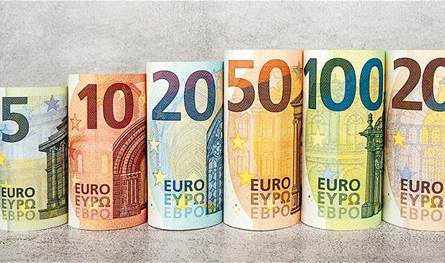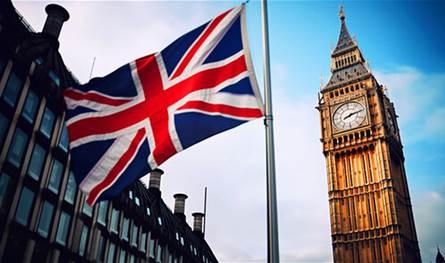The rock of Al -Raouche turns into a pillar

Muhammad al -Madani
It is unfortunate that the Hezbollah initiative, represented by the lighting of the rock of Al -Raouche, the image of the martyr Mr. Hassan Nasrallah and the martyr Hashem Safi al -Din, will turn into a similar spark that brings to mind the “Busta Al -Rummana” incident in 1975, which blew the Lebanese civil war. And if the representatives of Beirut, “The Sunnis”, launched the first wave of objecting to what Hezbollah wanted, then it was worthy that Prime Minister Nawaf Salam dealt with the issue with political coldness, not to slip into positions and statements that increase the division.
The challenges that emerged in this issue between the Sunni representatives in Beirut and the presidency of the government on the one hand, and between Hezbollah on the other hand, threatening to detonate the file and convert it into tension in the street, especially in mixed areas such as the new road, head of the spring or al -Musaytaba, where the situation can slip into sectarian fighting that starts from Beirut and may extend to the rest of the regions. This happens at a time when we are in need of unity and solidarity, because Lebanon is going through a very difficult stage titled Israeli daily attacks on Lebanon and its constant threat to launch a major war.
Here, fundamental questions are raised, if the rock of Al -Rawsha lights up with the image of Mr. Hassan Nasrallah and Mr. Hashem Safi Al -Din, what will change? Will Israel stop its daily attacks on Lebanon? Will Washington change its speech and press Tel Aviv to stop its violations? And if Hezbollah is prevented from lighting, will deposits return to depositors? Will the wages rise and improve the economy? Will government hospitals and official schools recover?
The irony is that the objection did not appear other occasions, such as the funeral of Mr. Hassan Nasrallah and Mr. Hashem Safi El -Din at the Sports City Stadium, a national edifice that falls in the heart of Beirut and follows the authority of the Lebanese state. On that day, no one objected, and the Lebanese did not feel insulting or provoking, and the economy, investments, or daily lives of people were not affected. So why is all this dust to arise today on a symbolic step in a public place?
The statement of the prime minister, and despite its indication of the necessity of adhering to the legal procedures for any activity in public places, came in a hostile language that carried direct hints and pursued a step to light the rock. This language generated a feeling among most of the Shiite community that the prime minister stands at the position of litigation with it, instead of being in the balance location.
It was more useful for President Salam to take advantage of this opportunity to re -communicate what was interrupted with the Shiite community, and to show that he is the prime minister of all of Lebanon, not the prime minister of a team without another or a sect without another. At the moment of the division, what the Lebanese people need is a leadership that seeks to calm and stabilize national unity, not to fuel the sectarian discourse and deepen the existing rift.
In the end, what he needs Lebanon today There are no new debates or side battles in which sects are drained and the memory of the civil war is invoked, but a wise leadership that realizes that the priority is to protect the interior from cracking, and to direct efforts towards facing the real danger represented by Israeli attacks and the stifling economic -social crisis. The battle is not on a lit rock or a raised image, but rather on the survival of the state and the unity of the Lebanese.
The post The rock of Al -Raouche turns into a pillar appeared first on 961 tobay Lebanon today.
















